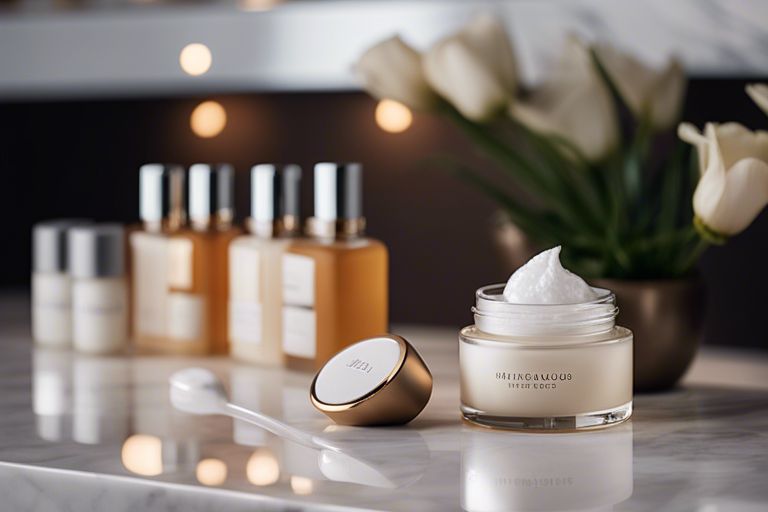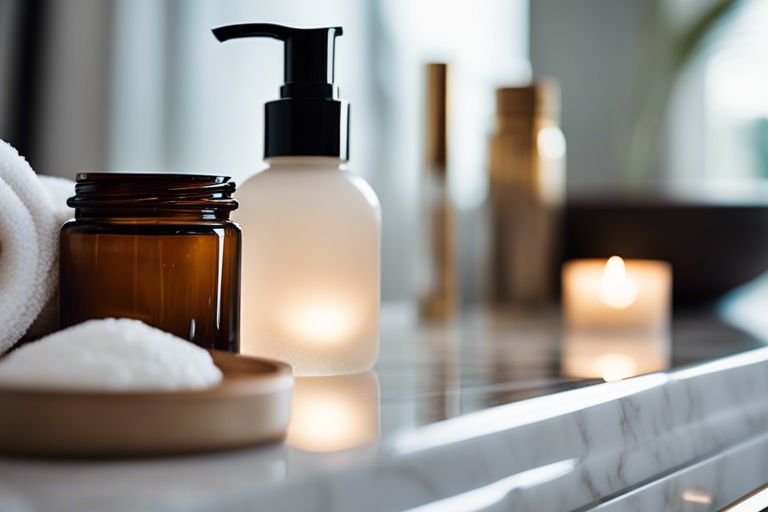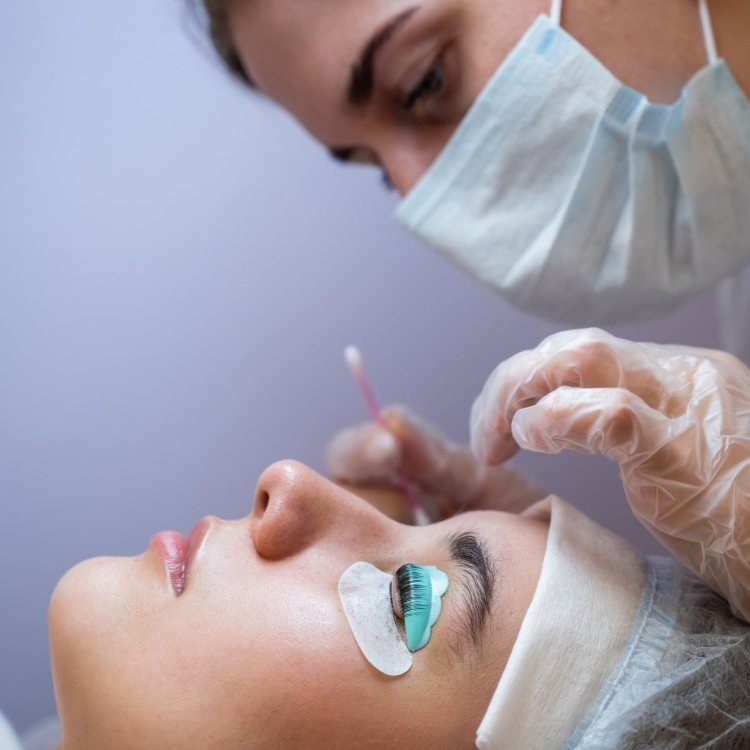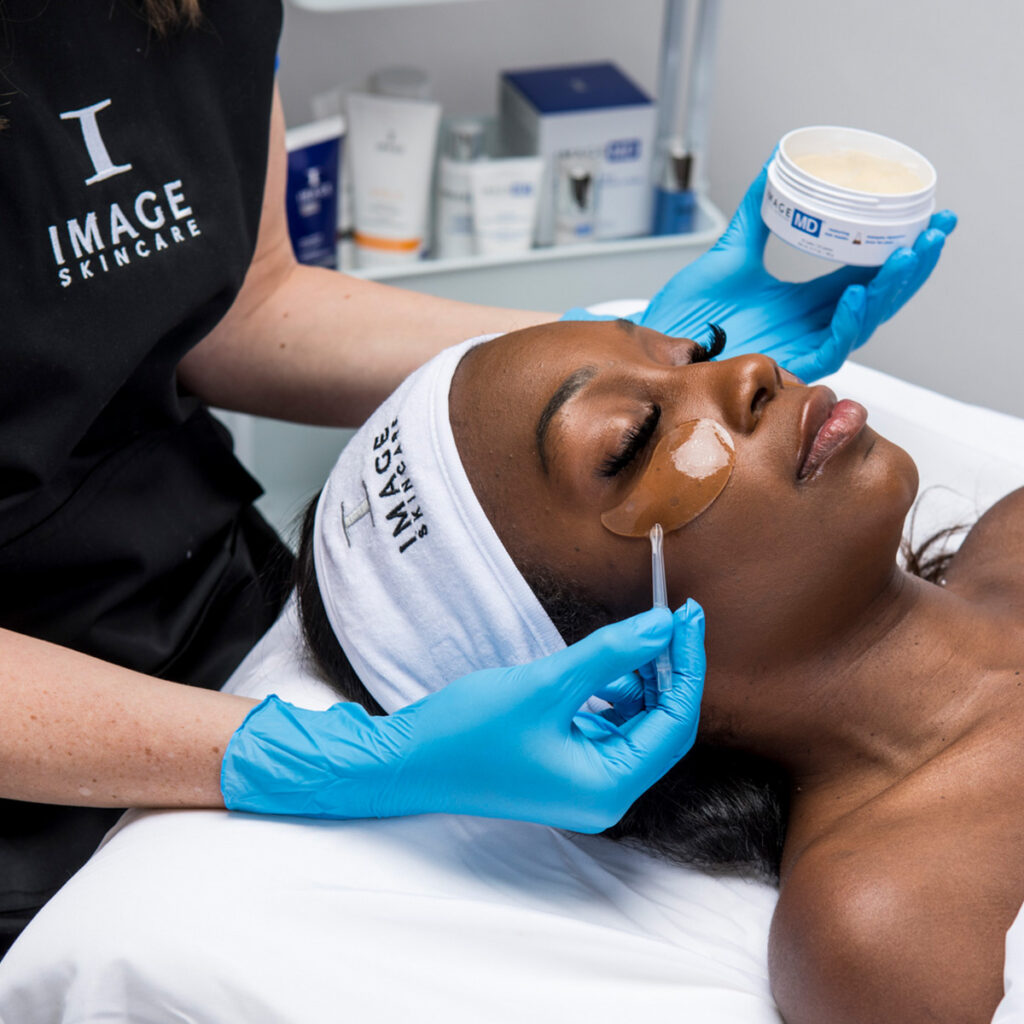Before your first microneedling treatment, it’s crucial to understand the ins and outs of this popular procedure for skin rejuvenation. Microneedling involves the use of tiny, sterile needles to puncture the skin, triggering a collagen production response for improved skin tone and texture. While microneedling can deliver impressive results, it’s important to be aware of potential skin irritation and sensitivity post-treatment. By knowing what to expect and how to care for your skin afterward, you can make the most of your microneedling experience.
Key Takeaways:
- Microneedling is a cosmetic procedure that involves using fine needles to create tiny punctures in the skin’s top layer.
- Benefits of microneedling include improved skin texture, reduced acne scars, minimized pores, and increased collagen production.
- It is important to prepare your skin before a microneedling treatment by avoiding sun exposure, retinol products, and certain medications.
- After microneedling, be sure to follow post-treatment care instructions such as using gentle skincare products, avoiding direct sunlight, and keeping your skin hydrated.
- Results from microneedling are typically gradual and may require multiple sessions for optimal outcomes, depending on your skincare goals.
Understanding Microneedling
The Science Behind the Technique
If you’re considering microneedling, it’s imperative to understand how this popular treatment works. Microneedling involves using a device with tiny needles to create micro-injuries in the skin. These controlled injuries stimulate the skin’s natural healing process, promoting collagen and elastin production, which leads to smoother, firmer skin.
Different Types of Microneedling Devices
One of the critical factors to consider when it comes to microneedling is the type of device being used. There are various microneedling devices available, ranging from derma rollers to automated pens. Each device has its advantages and drawbacks, so it’s imperative to choose the one that best suits your skin concerns. Recognizing the differences between these devices can help you make an informed decision.
| Microneedling Device | Description |
| Derma Roller | Has a rolling drum studded with needles |
| Microneedling Pen | Offers precise control and depth adjustment |
| Microneedling Stamp | Great for targeted treatments |
| Microneedling Patch | Convenient for at-home use |
| Microneedling Fractional Devices | Provide more intense treatments |

Preparing for Your First Treatment
Selecting a Qualified Practitioner
One of the most crucial steps before undergoing microneedling is selecting a qualified practitioner. Choose a licensed medical professional, such as a dermatologist or plastic surgeon, who has experience performing microneedling treatments. Ensure the practitioner uses FDA-approved devices and follows strict sterilization protocols to minimize any risks associated with the procedure.
What to Do Before Your Appointment
Preparing your skin before your microneedling appointment can help enhance the results and reduce the risk of complications. Avoid sun exposure, retinoids, and exfoliating treatments in the days leading up to your appointment. Make sure to keep your skin well-hydrated by using a gentle moisturizer and drinking plenty of water.
The night before your treatment, cleanse your face thoroughly and avoid wearing makeup or skincare products to ensure the skin is clean and free of any residues. This will help minimize the risk of infection and ensure better penetration of the microneedling device for optimal results.
The Microneedling Procedure
What to Expect During Treatment
Many people are curious about what happens during a microneedling treatment. The procedure involves using a device with tiny needles to create controlled micro-injuries on the skin’s surface. This process stimulates the body’s natural healing response, promoting collagen and elastin production. You may experience some discomfort during the treatment, but most find it tolerable with the help of a numbing cream applied beforehand. The duration of the treatment depends on the size of the area being treated, but typically lasts around 30 minutes to an hour.
Post-Treatment Care and Recovery
After the microneedling procedure, it is crucial to follow proper post-treatment care to ensure optimal results and minimize any potential risks. Treatment After the treatment, you may experience redness, swelling, and minor bruising, which are normal and should subside within a few days. It is crucial to avoid direct sunlight, harsh skincare products, and vigorous exercise for at least 24-48 hours after the treatment. You should also apply a gentle moisturizer and avoid picking or scratching the treated area to prevent infection and scarring. Your skincare provider will provide you with specific instructions tailored to your skin type and concerns to support the healing process.
Benefits and Considerations
Potential Benefits for Your Skin
Not all skincare treatments are created equal, but microneedling is a game-changer for many individuals looking to improve the appearance of their skin. The tiny needles used in the procedure create micro-injuries that stimulate collagen production, leading to smoother, firmer, and more radiant skin over time. Any skincare concerns such as wrinkles, acne scars, large pores, or uneven skin tone can benefit from microneedling, making it a versatile treatment option for various skin issues.
Risks and Side Effects to Consider
Consider that while microneedling can offer remarkable results, there are risks and side effects to be aware of before undergoing the treatment. It’s necessary to choose a reputable professional to perform the procedure to minimize the chances of adverse effects. Some common side effects include redness, swelling, and minor irritation, which typically subside within a few days. It’s crucial to follow post-treatment care instructions diligently to avoid complications. It’s worth noting that improper sterilization of needles can lead to infections, emphasizing the importance of seeking treatment from a qualified practitioner.
Summing up
Conclusively, microneedling is a popular cosmetic procedure that can improve the texture and tone of the skin. Understanding the basics of microneedling, including the process, benefits, potential risks, and aftercare, can help you make an informed decision before your first treatment. It is crucial to consult with a qualified professional to ensure the procedure is safe and suitable for your skin type. With proper preparation and realistic expectations, microneedling can be a valuable tool in achieving smoother, more radiant skin.
FAQ
Q: What is Microneedling?
A: Microneedling is a cosmetic procedure that involves using a device with fine needles to create tiny punctures in the skin. These micro-injuries help stimulate the body’s natural healing process, promoting collagen and elastin production for smoother, firmer skin.
Q: How does Microneedling work?
A: During a microneedling treatment, the tiny needles in the device create controlled injuries in the skin, triggering the body to produce collagen and elastin to repair these micro-wounds. This process helps improve skin texture, reduce wrinkles, scars, and other skin imperfections.
Q: What can I expect during and after a Microneedling treatment?
A: During a microneedling session, a numbing cream may be applied to minimize discomfort. The procedure itself can cause some redness and minor swelling, similar to a mild sunburn. After the treatment, it is common to experience some tightness, dryness, and peeling as the skin heals and regenerates. Results typically become noticeable within a few weeks as collagen production increases and skin texture improves.









